Blackthorn
A Small Project in Bloom
What started as a simple walk one morning has quietly turned into a small, meandering project. I did not plan for it, but something about the small individual young blackthorn trees caught my eye. A soft bloom lit by early light. Trees I must have passed many times but had never really seen.
So I gave myself a task. Photograph the blackthorn in bloom in my local woodlands, which are all within 5 miles of my house. Nothing ambitious, just something to shape my walks and see what comes of it.
A Slow Search
True to form, the project began with optimism and a few nice images in golden backlight on the first morning, but it quickly turned into a bit of a hunt. I kept finding small scruffy clumps in hedgerows, more tangle than structure. This is the way we normally see Blackthorn. I mistook cherry trees for blackthorn on more than one occasion, well, they do look similar from a distance. I explored new parts of familiar woods, old tracks, quiet back roads, and came away with a few usable frames and a handful of surprises.
There was a beautiful old bridge I came across along Marriott’s Way, an unexpected find on a day when the blackthorn failed to show. Another morning I ended up photographing silver birch and goat willow instead. A different kind of reward, but still part of the journey. On yet another grey day, I found some blackthorn growing by a quiet roadside, and the soft light gave the images a gentle, high key feel I had not anticipated.
That is what I have come to enjoy about these small projects. They make space for detours and for noticing things I might otherwise pass by.
What I Have Learned About Blackthorn
Before this project, I knew very little about blackthorn beyond its blossom. Now a few facts have crept into my notebook.
Blackthorn (Prunus spinosa) is one of the earliest flowering trees in the UK. It often blooms in March and the flowers appear on bare, thorny branches before the leaves appear.
It is often confused with Hawthorn, which flowers later in spring and with leaves already present. Hawthorn also lacks the long, vicious thorns of the blackthorn. I have learned this the hard way.
Blackthorn gives us sloes. I already knew this part. I have made sloe gin in the past and still have a few bottles of varying vintage tucked away in a cupboard. One of them must be nearly 12 years old by now.
In folklore, blackthorn has a mixed reputation. It has been seen both as a protective plant and a symbol of difficulty or darkness. In Celtic tradition, it is associated with the darker half of the year. It is not all spring blossoms and cheerful hedgerows.
The Photographer’s Problem
One thing I did not expect was how tricky blackthorn can be to photograph. I am sure many of us are familiar with the unshapely white mass that appears in hedgerows each spring. From a distance, it can be lovely, a froth of blossom against the green. But up close, it often becomes a chaotic snarl of branches, thorns, and blown-out highlights. Finding a clean shape or pleasing composition was a challenge. Occasionally the light helped, or a solitary branch that found space to breathe, but mostly, it was messy. Beautiful, but messy.
Project Pause
And just like that, it is over, at least for this year. The blackthorn blossom has almost entirely faded now, replaced by the slow unfurling of leaves.
This was never going to be a long project, just a small seasonal thread to follow for a while. It gave me a reason to walk, to explore, and to pay closer attention to what is growing in the margins.
I hope you enjoy these images, make take on Blackthorn. Maybe I’ll continue this project next Spring.


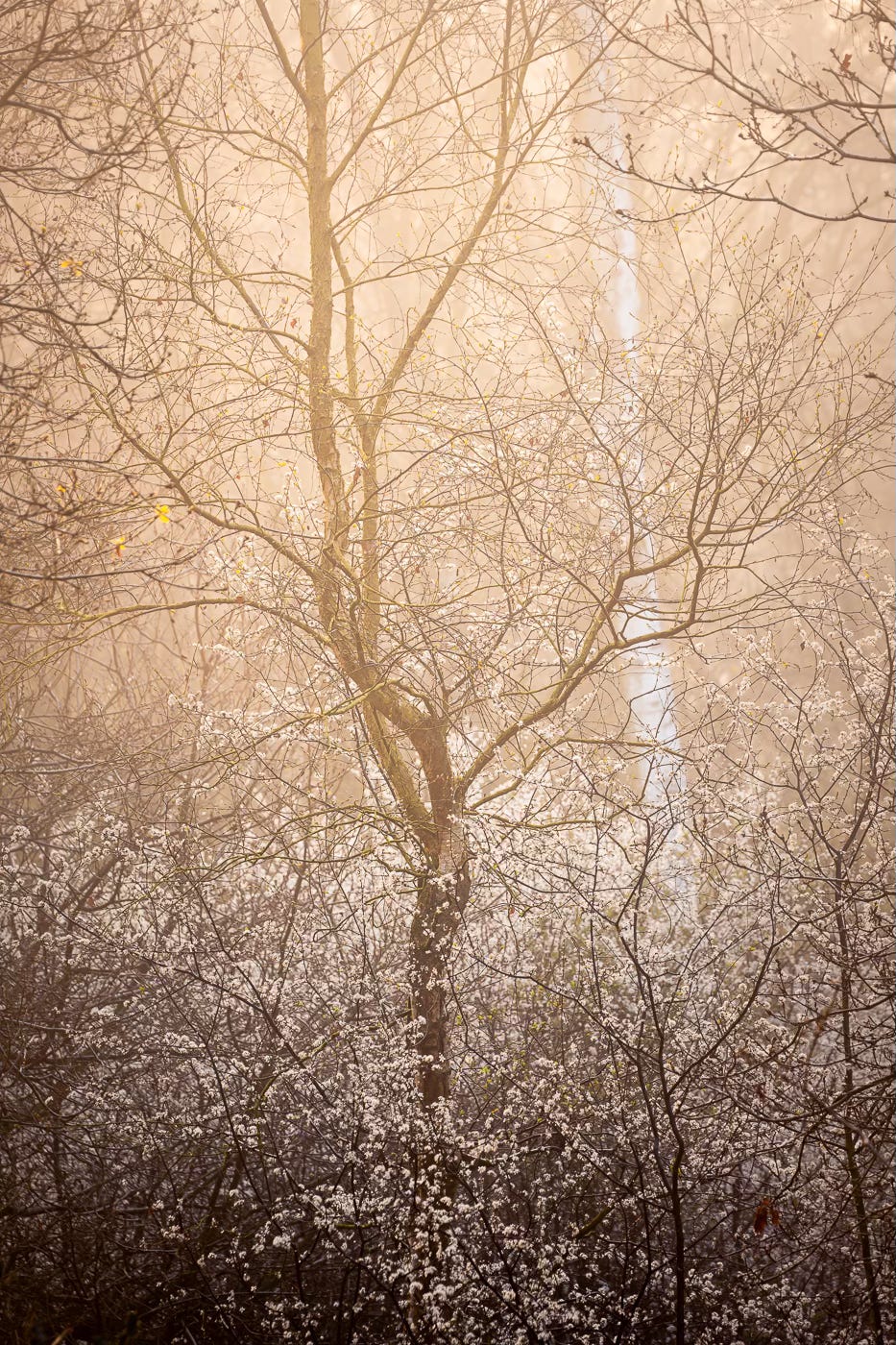
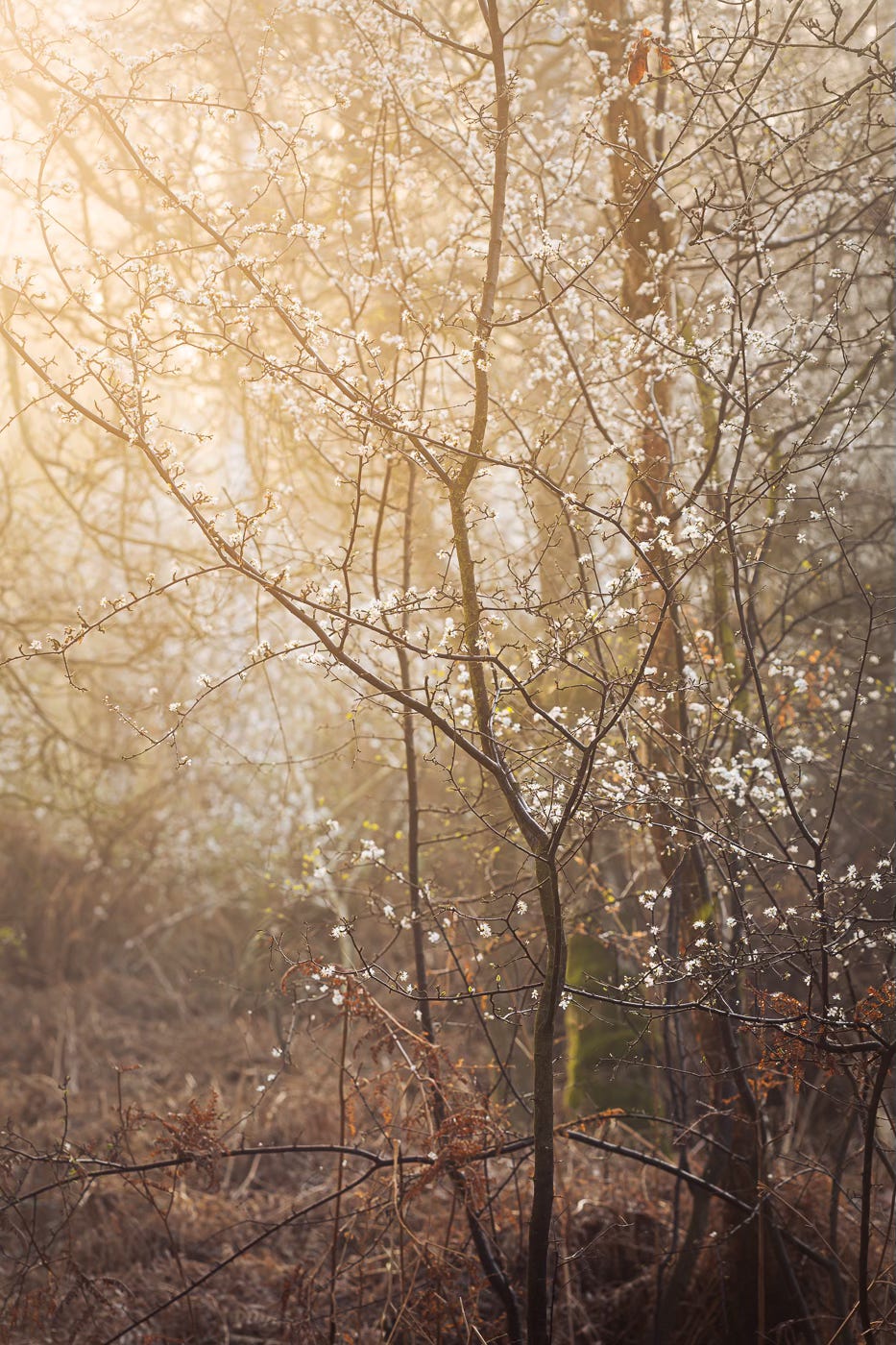
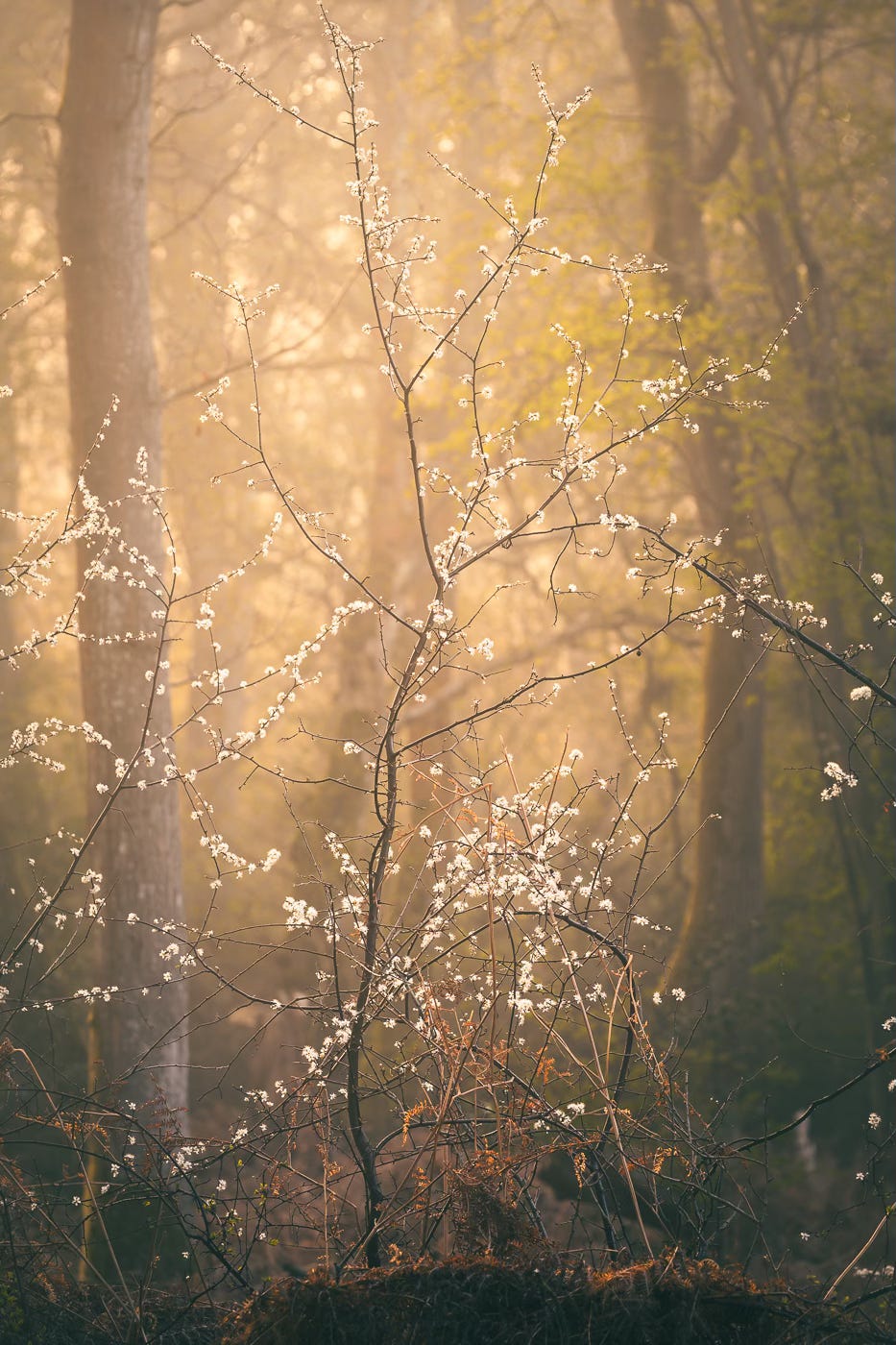
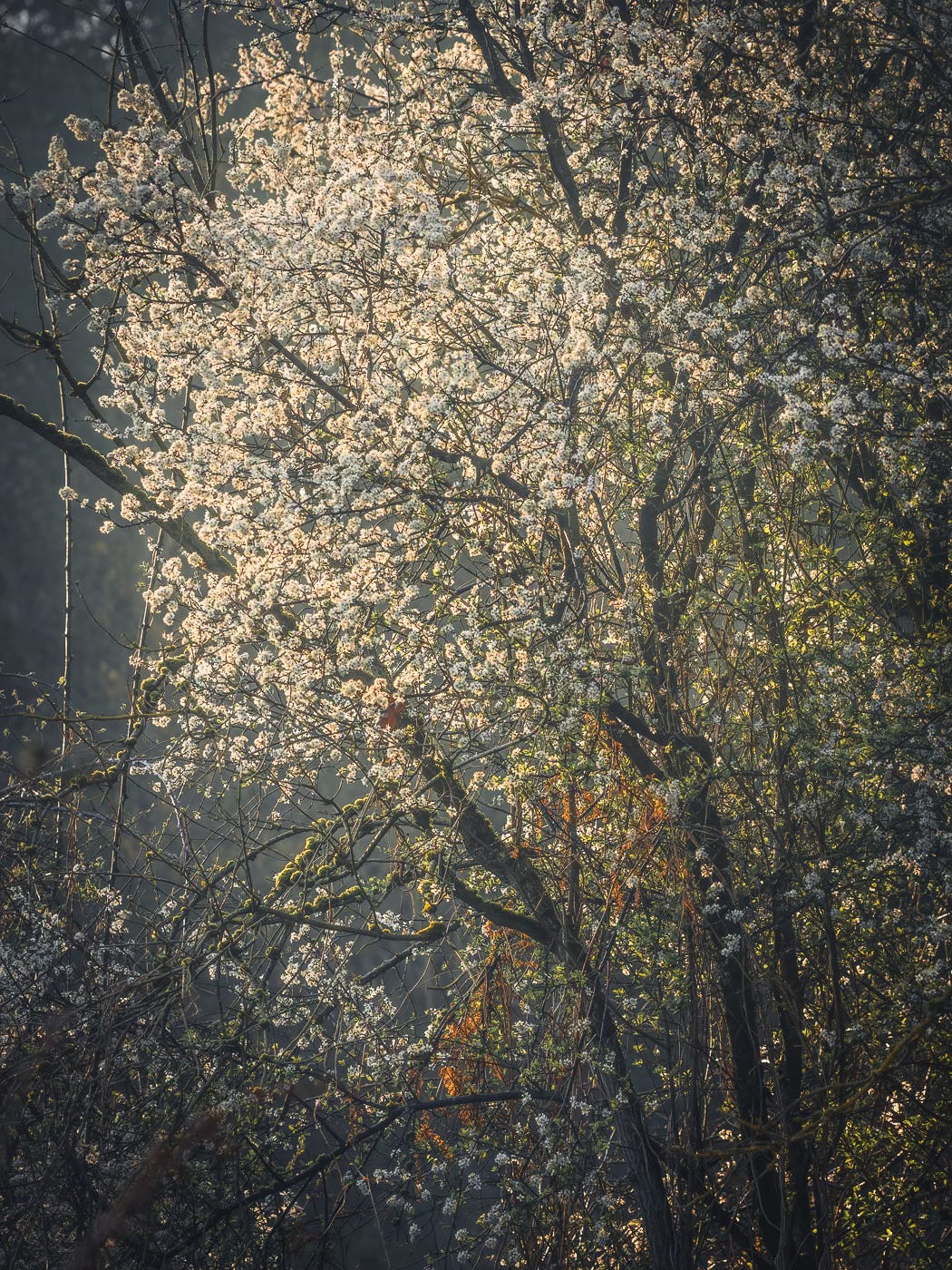
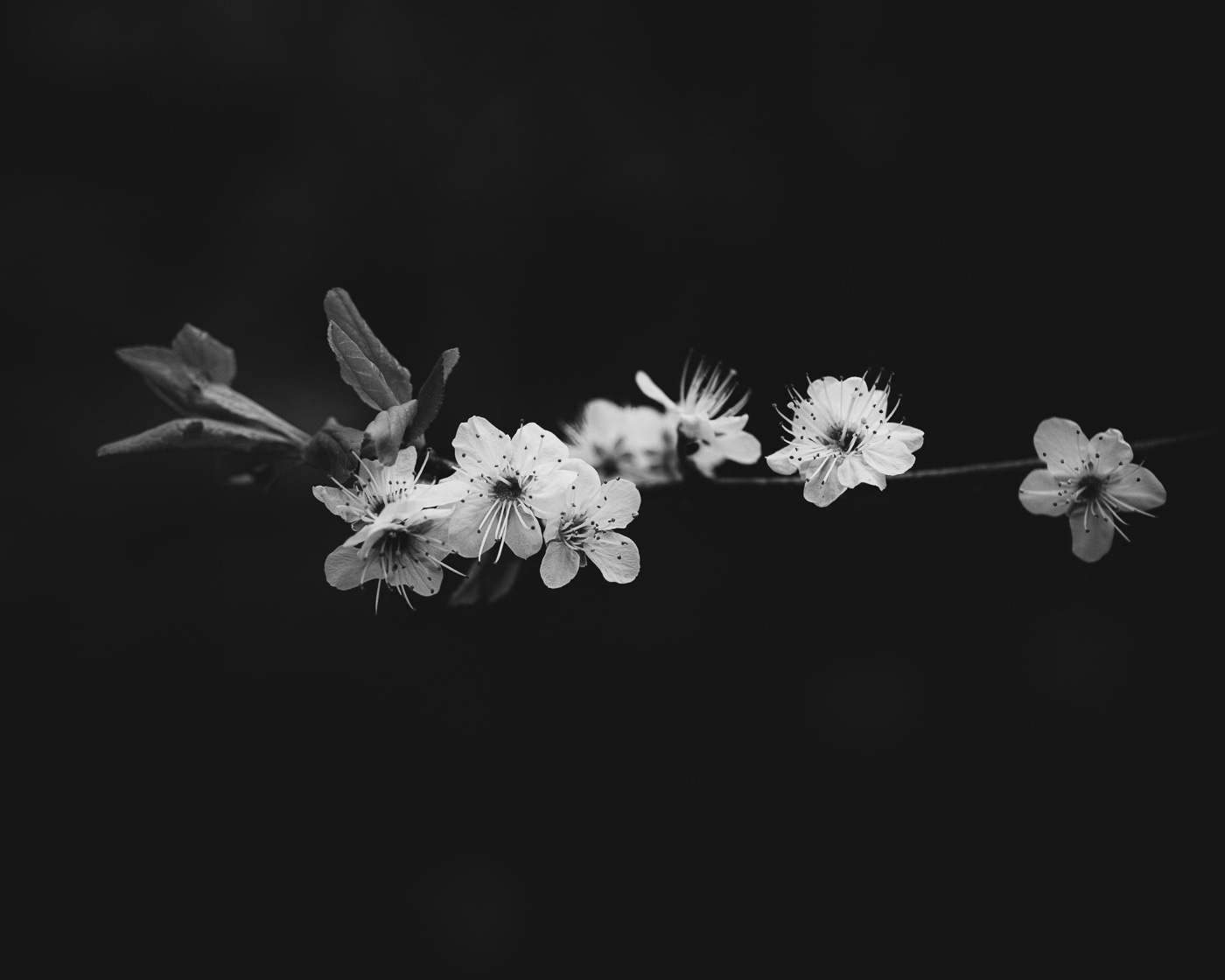
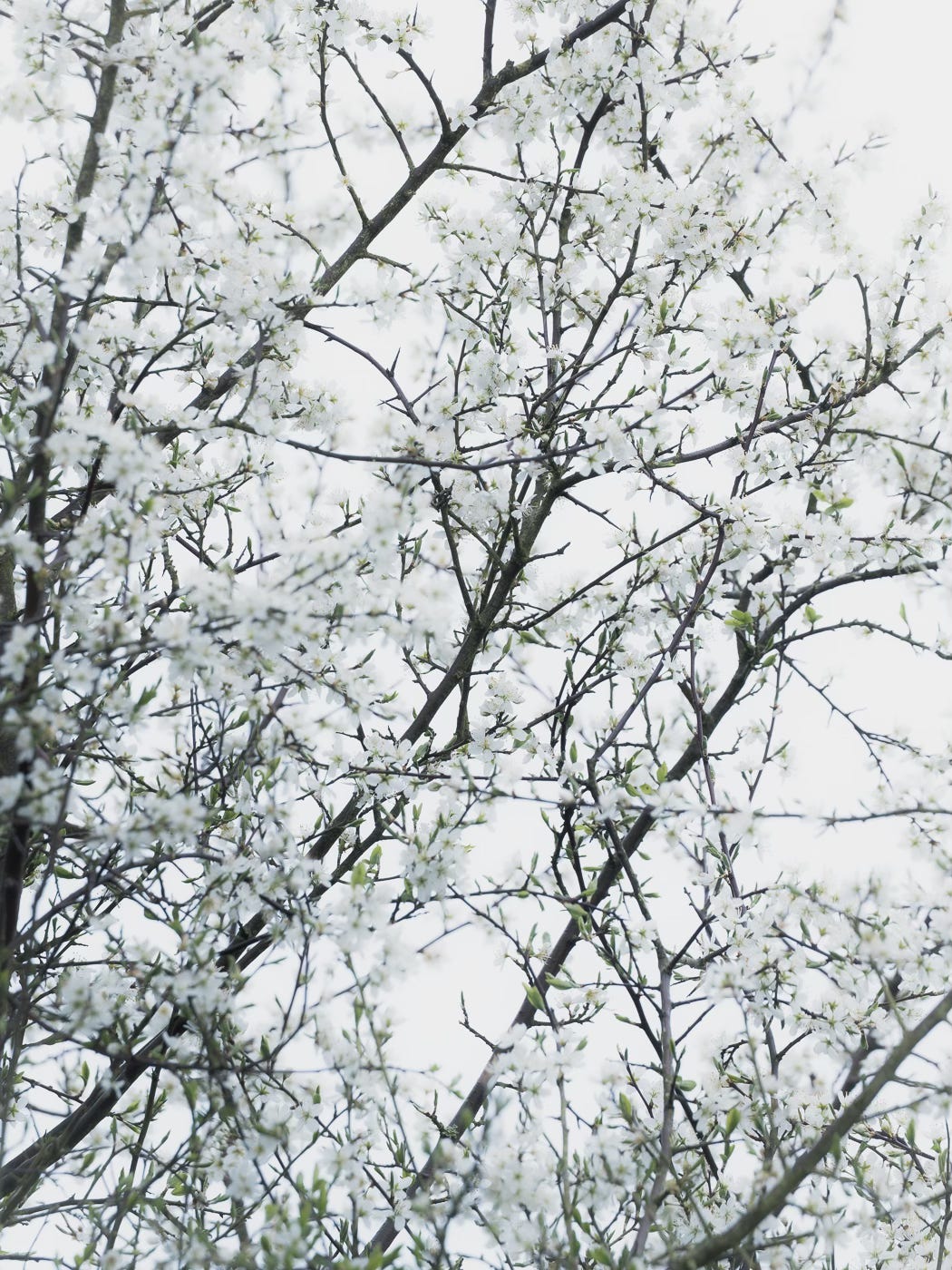
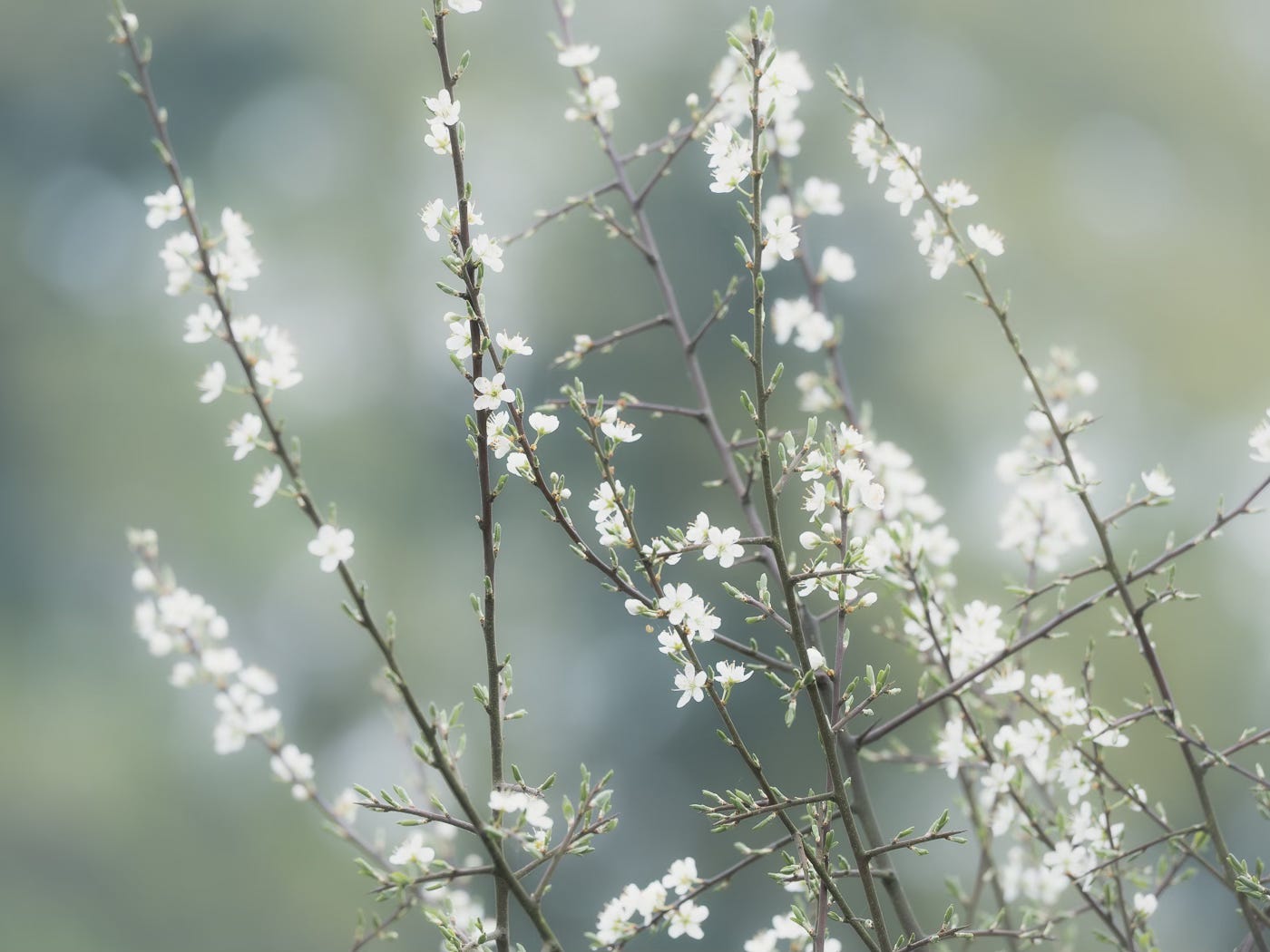
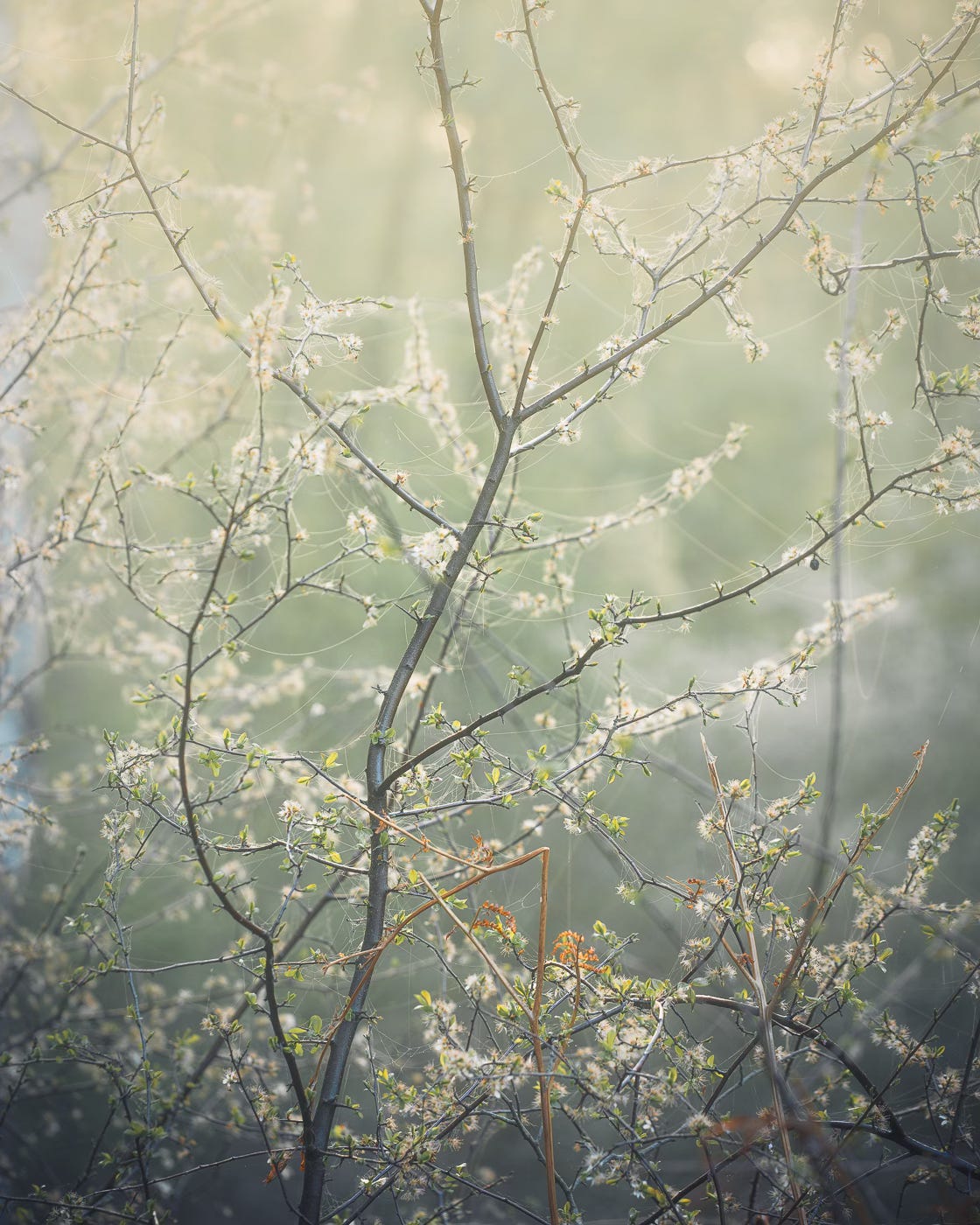
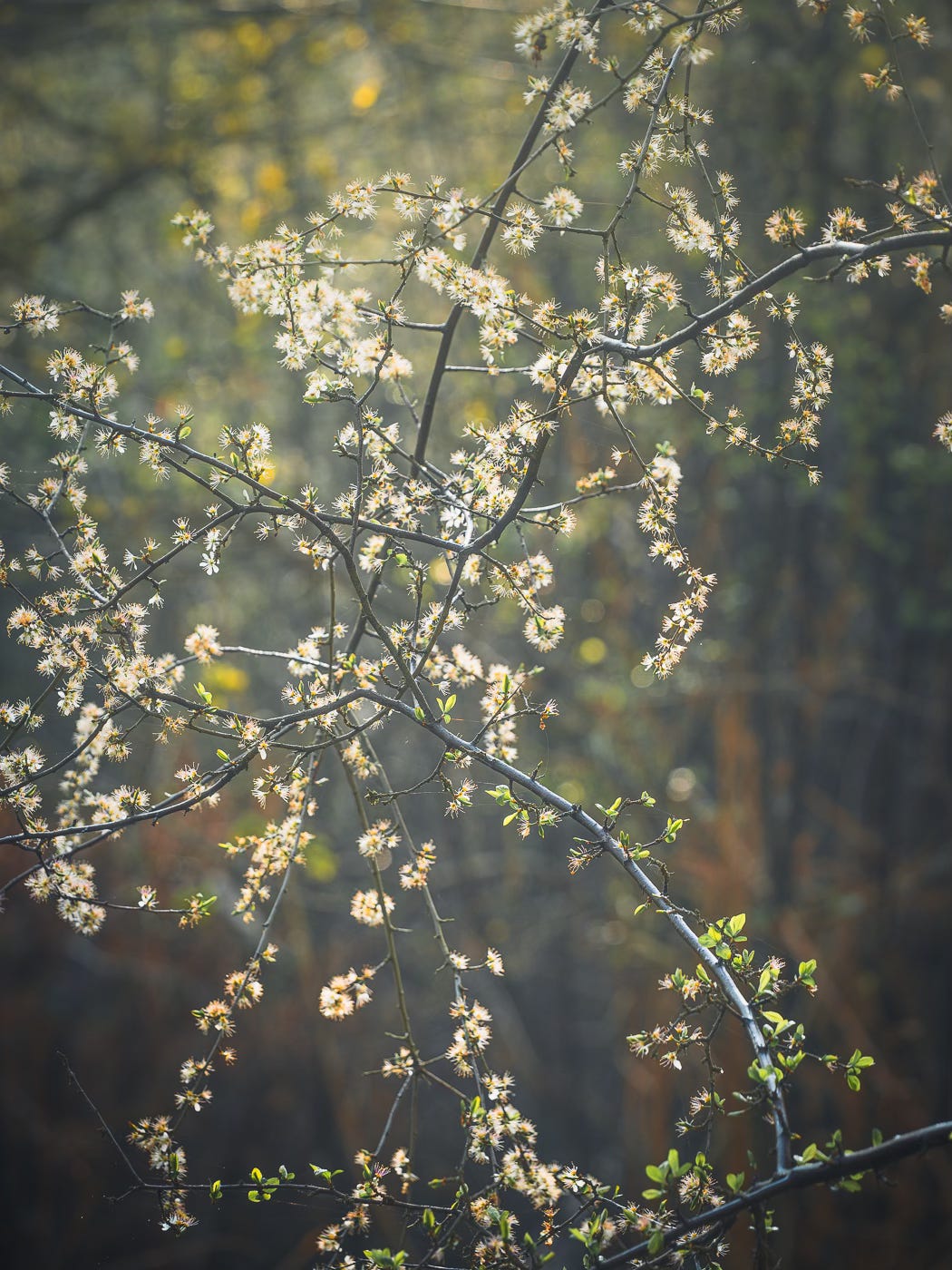
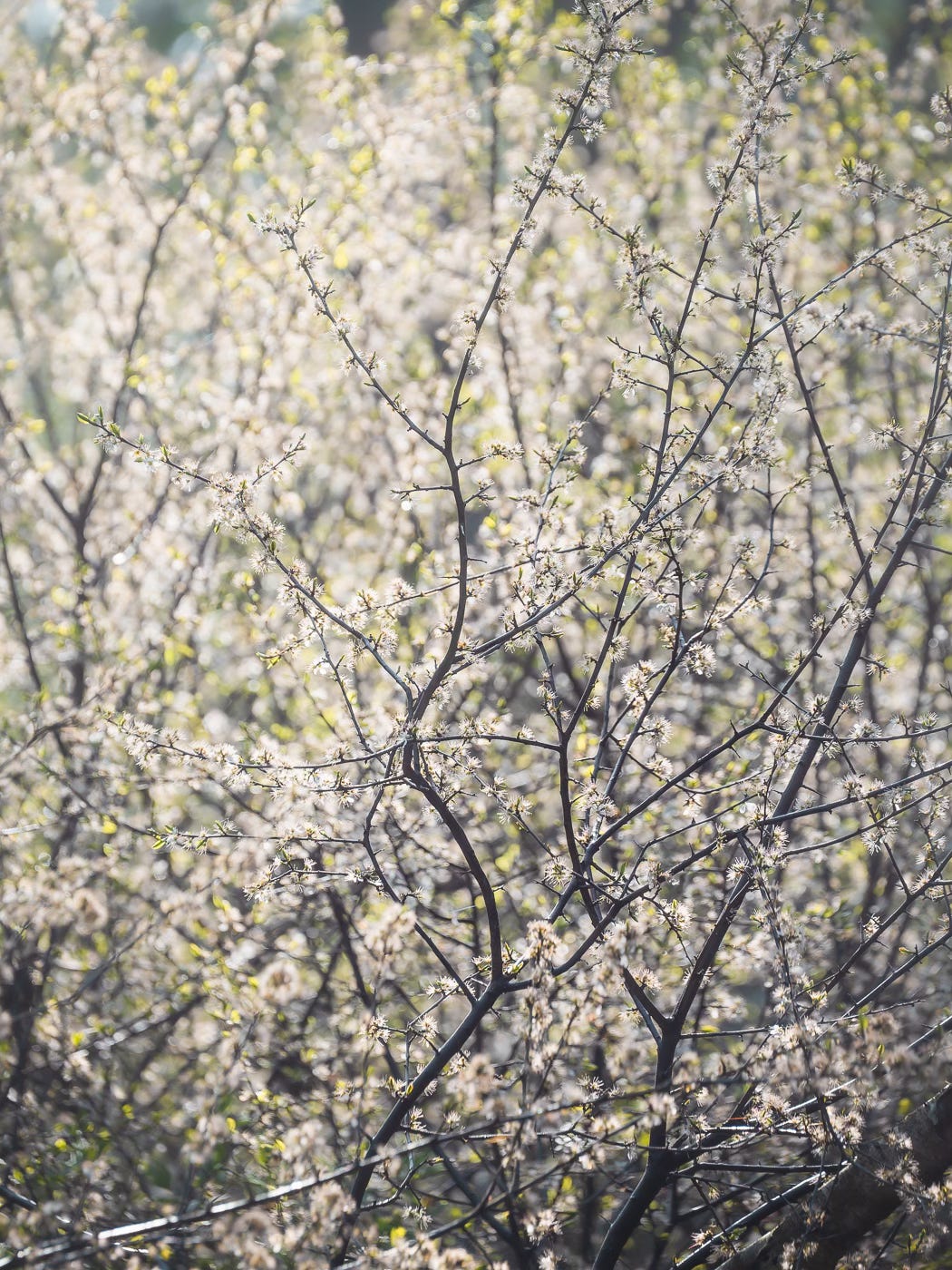
Lovely images Rick, you certainly picked a difficult subject but did very well with it. We have a large amount of blackthorn around the farm and, like a lot of things, it looked spectacular this year with the mild spring. I’ll share some pictures at some point.
Thanks ! Beautiful photos & good to learn about blackthorn too